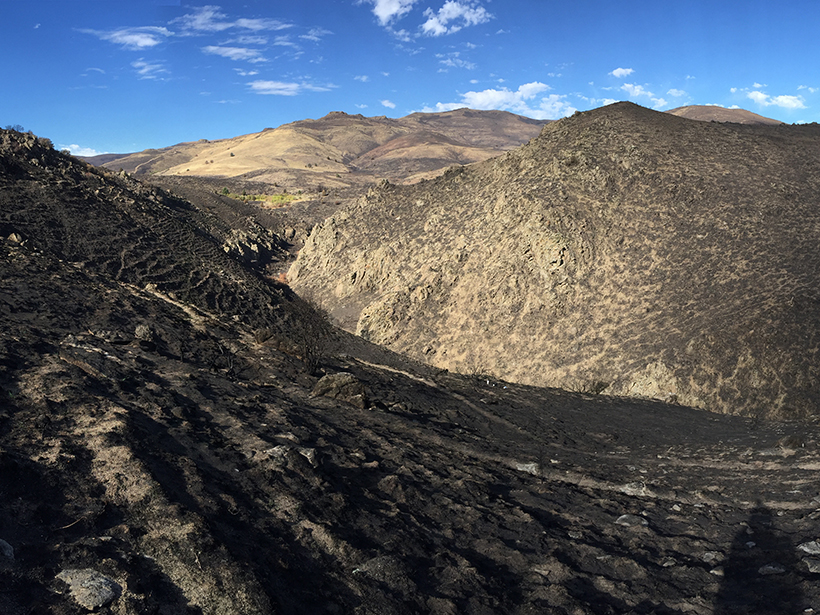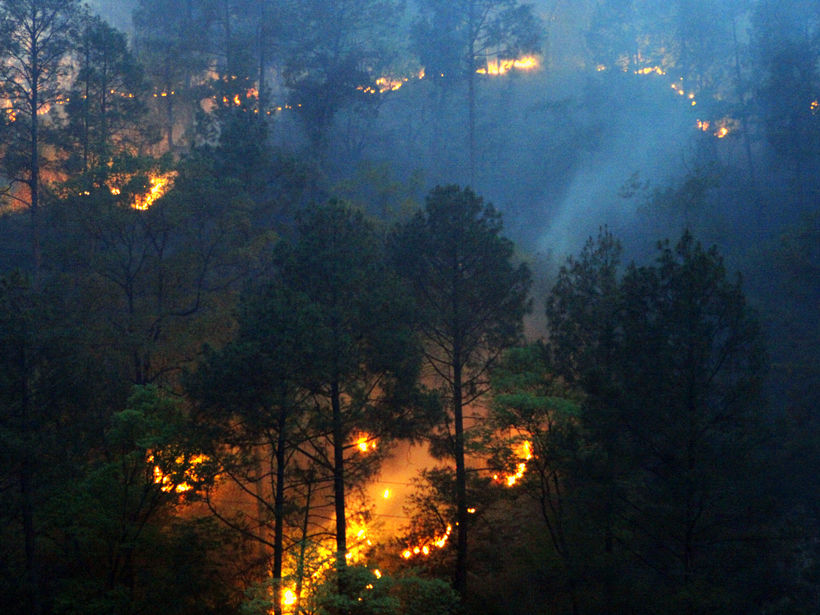Researchers identified climatic and geomorphic risk factors that led to record-breaking fires across Australia during the 2019–2020 fire season.
wildfires
Wildfires Threaten West Coast’s Seismic Network
A dense seismic network keeps vigil over the western United States, sensing quakes soon after they begin so people nearby can brace themselves. How do wildfires affect these guardians of the West Coast?
Biggest Risk to Surface Water After a Wildfire? It’s Complicated
Whether you’re considering short-term or long-term changes to water quality after a wildfire, scientists agree that sedimentation is a big concern.
Soil Signals Tell of Landscape Disturbances
The lasting influence humans have on Earth’s critical zone—and how geologic forces have mediated those influences—is revealed in studies of soil and carbon migration.
Wildfires Trigger Long-Term Permafrost Thawing
Researchers used satellite data to trace ground subsidence in a permafrost-rich region in eastern Siberia following a wildfire.
COVID-19 Lockdown Reduces Forest Fires in the Western Himalayas
The overlap between peak fire season and pandemic response has made for a serendipitous experiment in forest fires in two Indian states. Humans, not lightning, seem to be the likeliest culprit.
Citizen Science Reduces Risks from Combusting Coal-Mine Wastes
A community-based citizen science study on spontaneously combusting coal-mine waste heaps in Myanmar underpins the development of risk management plans to protect individuals and communities.
Great Plains Plants Bounce Back After Large Wildfires
An analysis of nearly 1,400 wildfires suggests that some postfire techniques used to help restore vegetation may be unnecessary.
The Rise of Zombie Fires
Wildfires can smolder underground through Arctic winters, reigniting at the surface when conditions are right.
New Special Collection: Fire in the Earth System
Papers are invited for a new cross-journal special collection presenting advances in understanding the physical and biogeochemical processes associated with landscape fires and their impacts.










